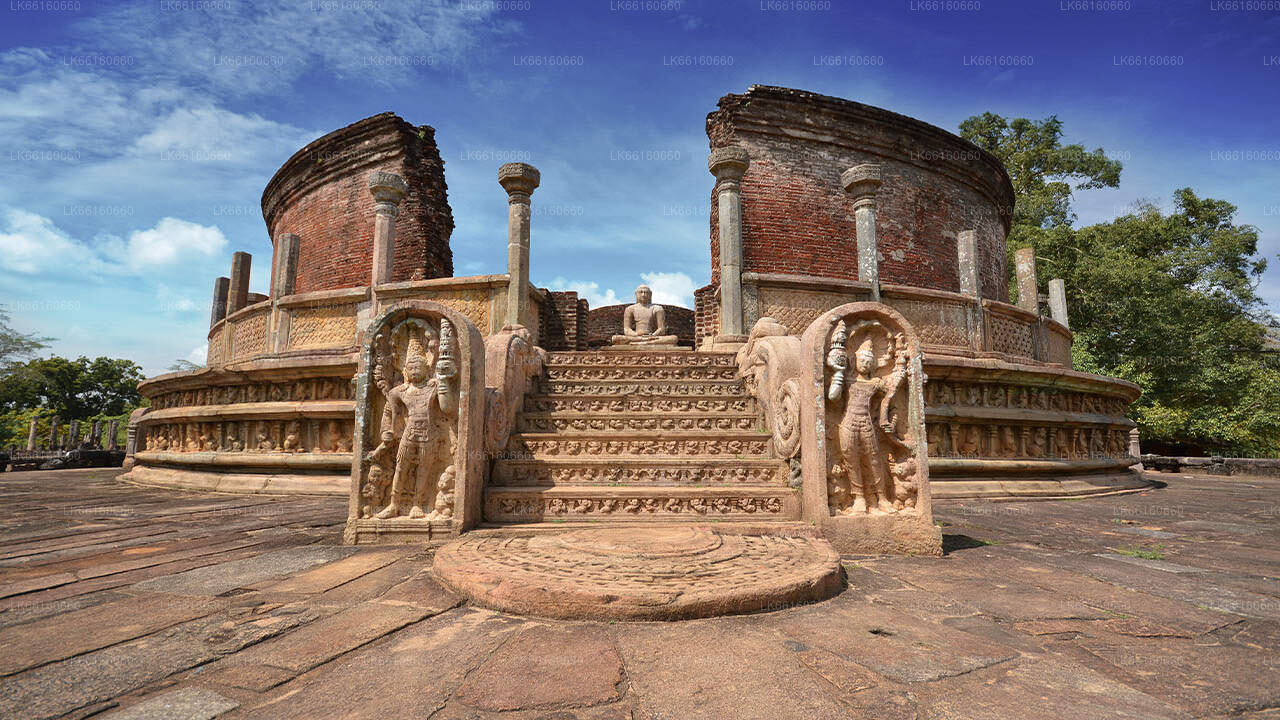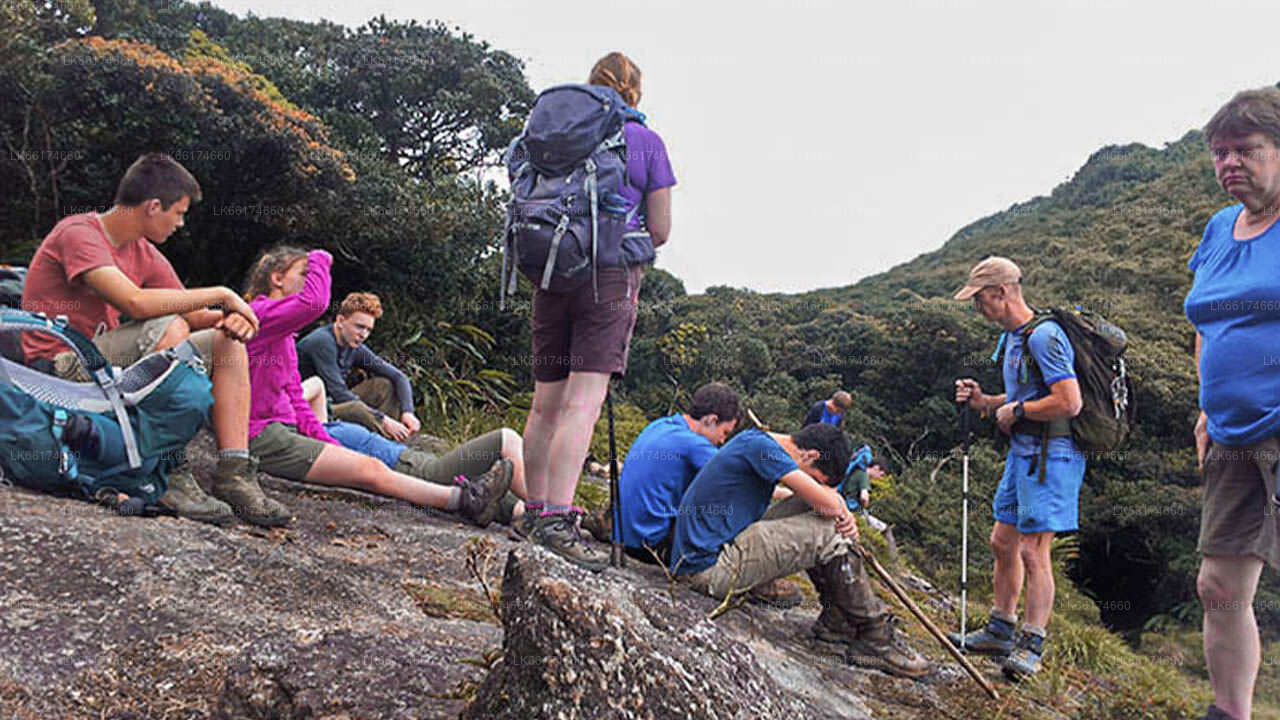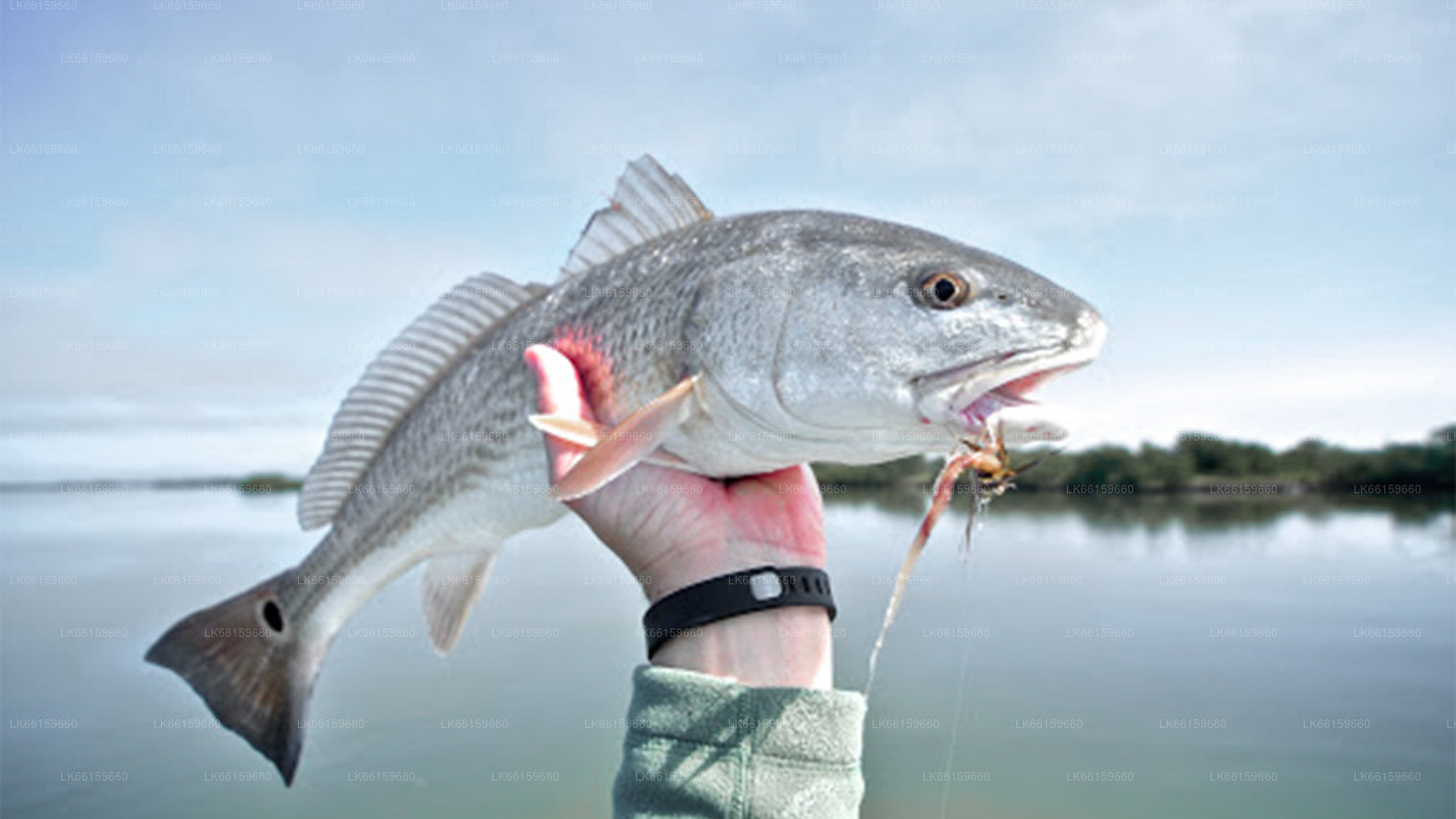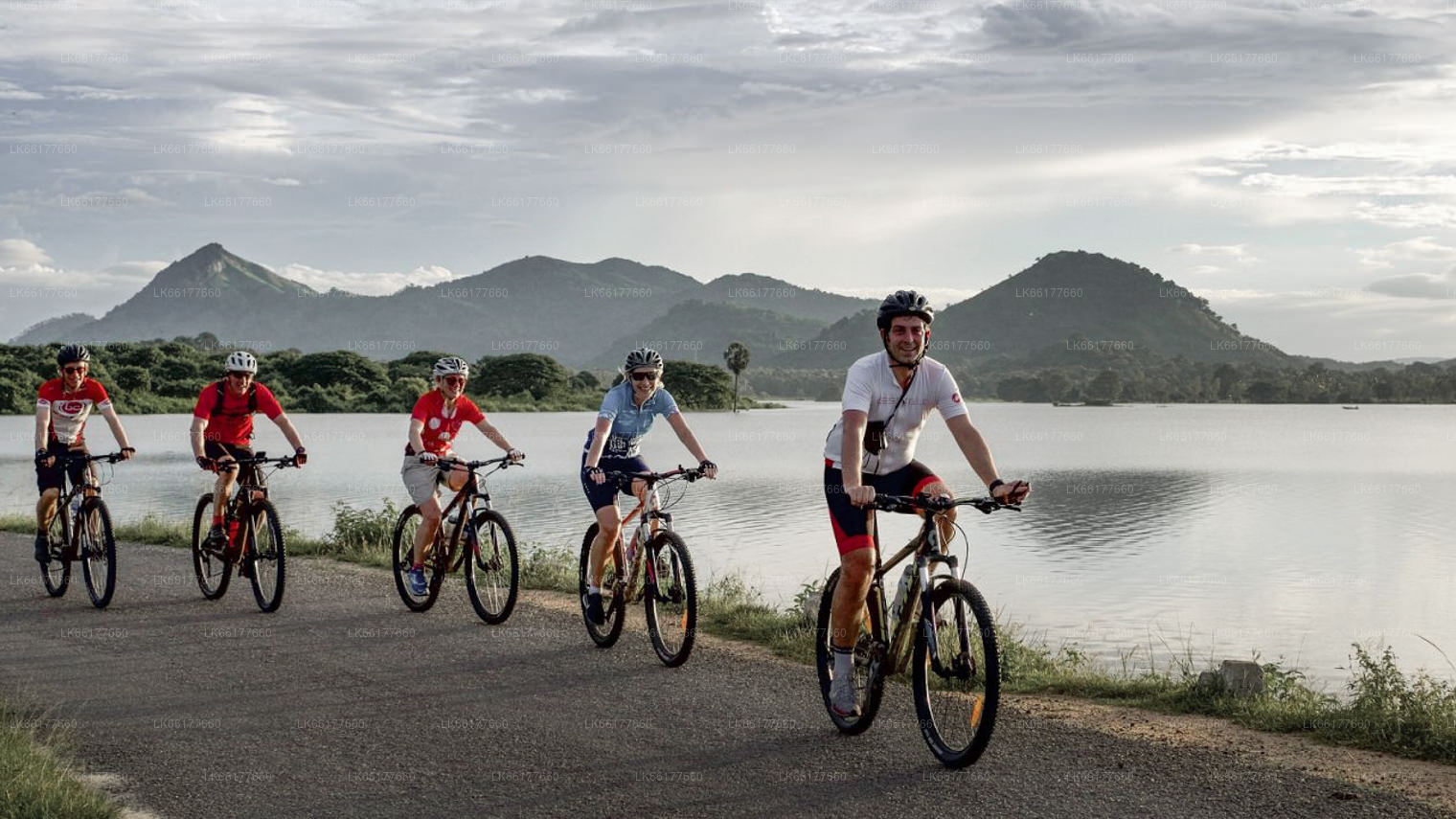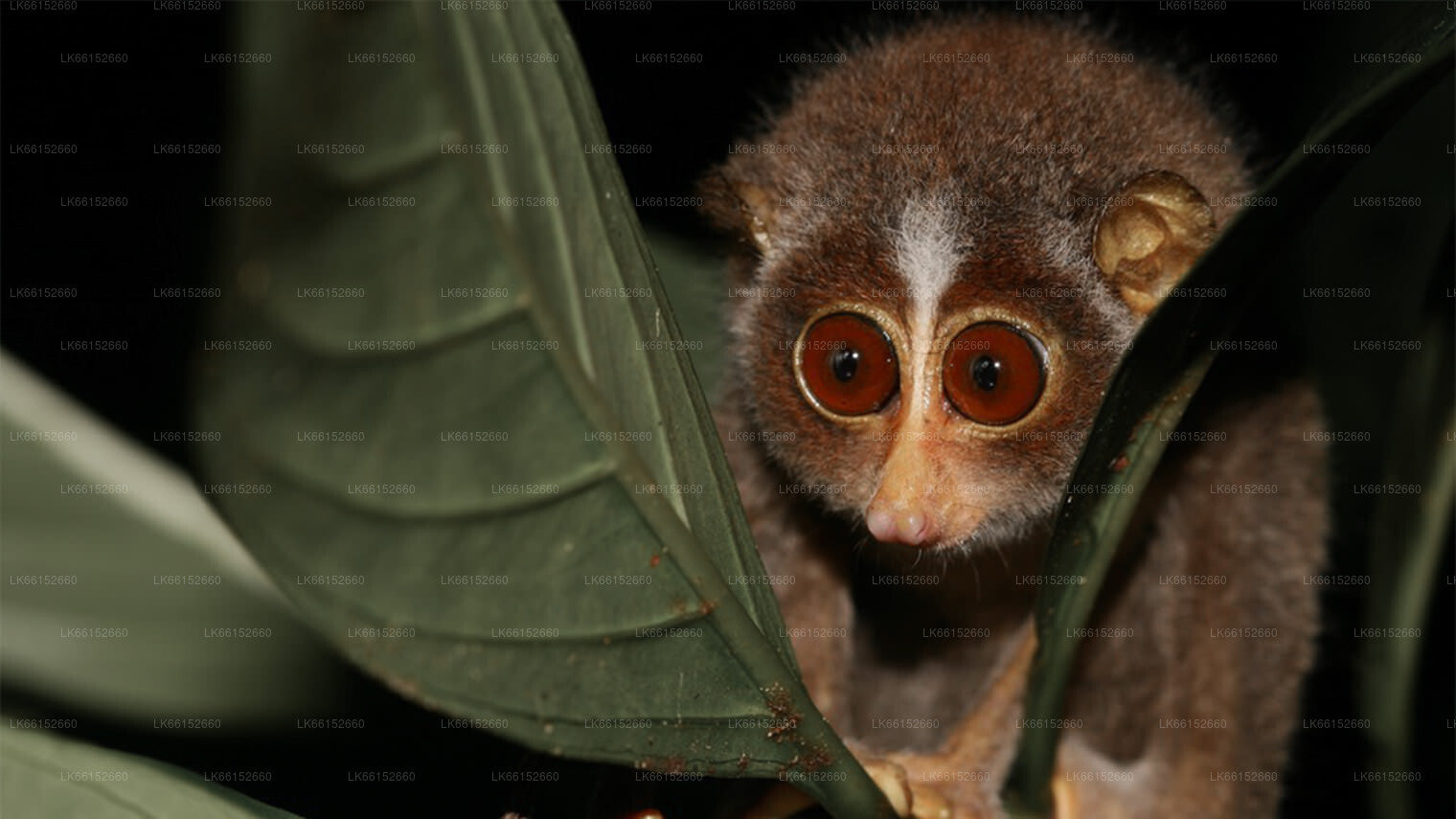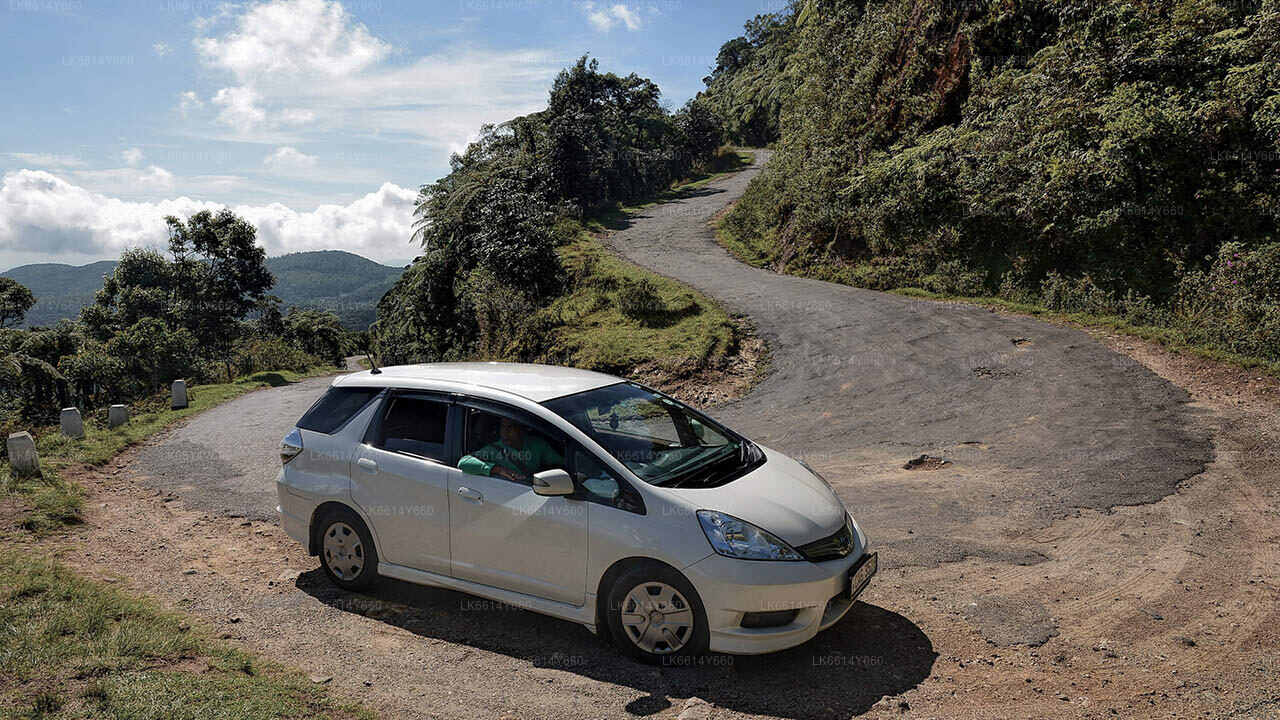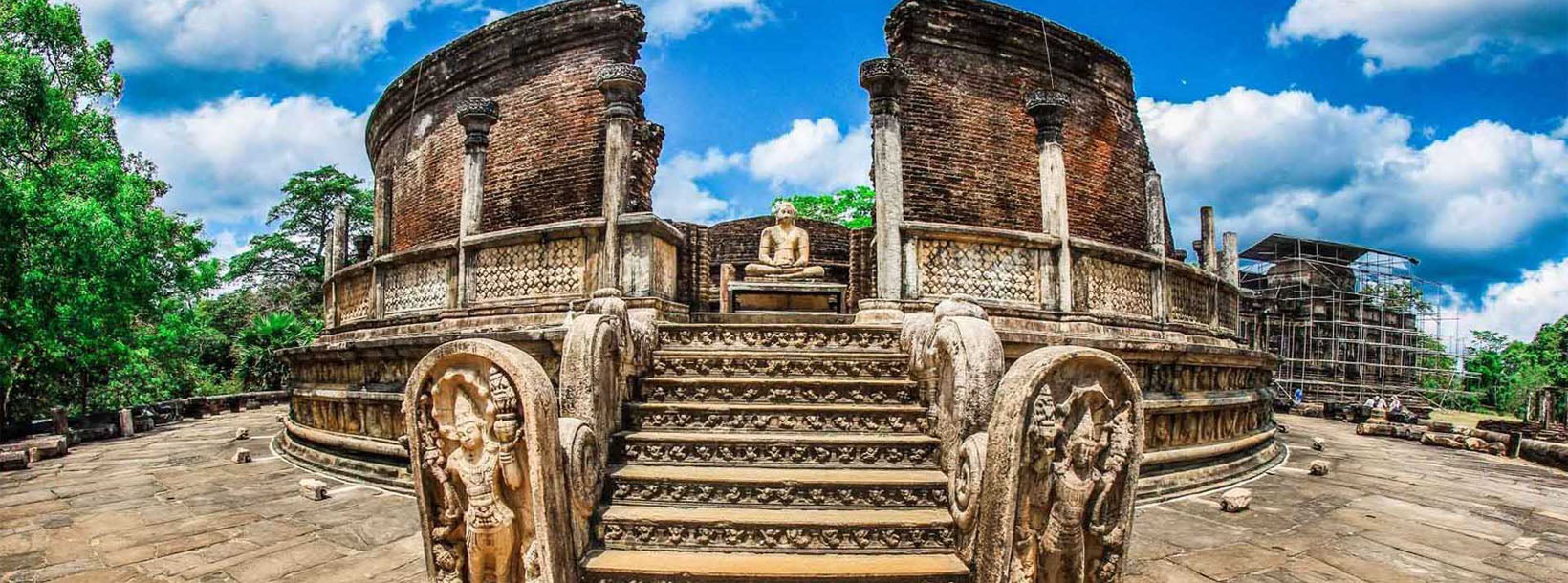
Polonnaruwa linn
Polonnaruwa, UNESCO maailmapärandi nimistus Sri Lankal, oli riigi keskaegne pealinn (11.–13. sajand). See on tuntud oma hästi säilinud varemete, sealhulgas ikooniliste Gal Vihara kujude poolest, ning uhkeldab muljetavaldava arhitektuuriga, mis peegeldab iidse singali tsivilisatsiooni suursugusust.
Pulasthi Statue
The statue is located to the north of the city of Polonnaruwa, and close to the eastern bank of the Parakrama Samudra reservoir, which was built by Parakramabahu I himself. It is about 100 metres (330 ft) north of the ancient Potgul Vehera monastery
LocationThe statue is located to the north of the city of Polonnaruwa, and close to the eastern bank of the Parakrama Samudra reservoir, which was built by Parakramabahu I himself. It is about 100 metres (330 ft) north of the ancient Potgul Vehera monastery.
CharacteristicsThe statue was built presumably in the 12th century, during the reign of Parakramabahu I. The statue of Parakramabahu I is one of the best stone sculptures belonging to the Polonnaruwa period. The 11-foot-2-inch-high (3.40 m) statue is carved in high relief on a large boulder, with full use being made of its height. Its upper body is bare except for a single thread worn over the left shoulder.A long object is held in the hands. The statue's face carries a grave expression, with half-closed eyes, a high forehead, a long beard and a moustache. The shoulders of the statue are rounded, suggesting "extraordinary strength". The right leg is relaxed with the right knee bent forward slightly. The left leg carries the weight of the body, while the hip is also slightly inclined to the left. According to archaeologist Senarath Paranavitana, this statue is "the very embodiment of strength, majesty and dignity"
IdentityThe statue has not been positively identified, but the popular and widely accepted belief is that the statue is of King Parakramabahu I, who ruled the country 1153 to 1186. Historian Mendis Rohanadeera has suggested that the statue shows a man belonging to the Lambakanna clan, because a hare—a symbol of this clan—is depicted above the left shoulder of the statue. This supports the theory that it is a statue of Parakramabahu I, who was of the Lambakanna clan. However, another theory is that it is the statue of a sage; either Agastya or Pulasthi. The object held in the hands of the statue may be an ola (cured palm leaves) book. This, and the fact that it is located close to the Potgul Vehera, which was a library in ancient times, supports this theory. However, another belief is that the object is a "yoke of kingship".
Polonnaruwa ringkonna kohta
Polonnaruwa on Sri Lanka põhja-keskprovintsi suuruselt teine linn. Iidne Polonnaruwa linn on UNESCO poolt maailmapärandi nimistusse kuulutatud. Polonnaruwal on pikk vallutuste ja võitluste ajalugu ning see moodustab õigustatult kolmanda elemendi kultuurikolmnurgas. Kandyst umbes 140 km kirdes asuv Polonnaruwa pakub ajaloo- ja kultuurisõpradele lõputut naudingut, kuna seal on arvukalt olulisi vaatamisväärsusi.
Suur osa tänapäeval säilinud füüsilistest varemetest on omistatud kuningas Parakrama Bahu I-le, kes kulutas palju kuninglikke ressursse linnaplaneerimisele, sealhulgas parkidele, ehitistele, niisutussüsteemidele jne. Tema valitsemisaega peetakse kuldajastuks, mil kuningriik õitses ja õitses visionääri valitseja all. Parakrama Samudra on mammutlik veehoidla, mis on nimetatud oma patrooni järgi. Populaarne kuningapalee, kaunilt nikerdatud kivist elevantidega ümbritsetud audientsi saal ja supelbassein peegeldavad tolle aja suurepäraseid insenerivõimeid.
Põhja-Keskprovintsi kohta
Põhja-Keskprovints, mis on riigi suurim provints, hõlmas 16% riigi kogupindalast. Põhja-Keskprovints koosneb kahest ringkonnast: Polonnaruwa ja Anuradhapure. Anuradhapura on Sri Lanka suurim ringkond. Selle pindala on 7128 km².
Põhja-Keskprovintsil on investoritele arvukalt potentsiaali oma ettevõtete alustamiseks, eriti põllumajanduses, põllumajandusel põhinevas tööstuses ja loomakasvatussektoris. Üle 65% Põhja-Keskprovintsi elanikest sõltub põllumajandusest ja põllumajanduse baastööstusest. NCP-d nimetatakse ka "Wew Bendi Rajjeks", kuna provintsis asub üle 3000 keskmise ja suure mahutavusega veehoidla. Sri maha bodiya, Ruwanweli seya, Thuparama dageba, Abayagiri klooster, Polonnaruwa Rankot wehera, Lankathilake on hirmunud.









